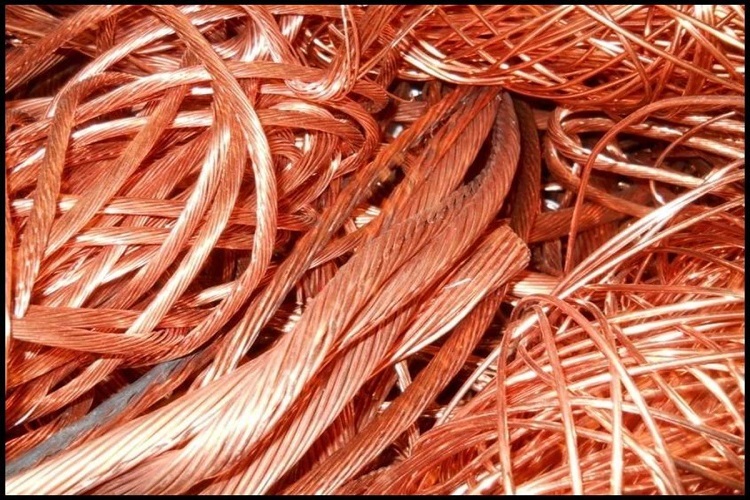Introduction
Copper is one of the most widely used metals in the world, and its demand is growing rapidly. Recycling copper scrap has become an important and profitable business venture as the world’s resources are scarce. This article explores the recycling business of copper scrap and its various aspects.
The Importance of Copper Recycling
Copper is essential for various industries, including construction, transportation, electronics, and power generation. However, mining copper from the earth’s crust is a costly and environmentally damaging process. Recycling copper scrap, on the other hand, is cost-effective and environmentally sustainable.
Types of Copper Scrap
Copper scrap can be broadly classified into two categories: copper wire and cable scrap and copper metal scrap. Copper wire and cable scrap include various types of copper cables, wires, and harnesses. Copper metal scrap includes various copper-containing materials, such as copper pipes, brass fixtures, and copper-aluminum radiators.
The Copper Scrap Recycling Process
The recycling process of copper scrap involves several steps. The first step is to collect and sort the copper scrap based on its type and purity. The next step is to shred and granulate the scrap into small pieces. The shredded scrap is then smelted in a furnace to separate copper from other metals and impurities. The resulting pure copper is then cast into ingots or other forms for further processing.
Market Analysis of Copper Scrap Recycling
The market for copper scrap recycling is growing rapidly, driven by the increasing demand for copper and the need for sustainable materials. The prices of copper scrap vary depending on its type, purity, and market demand. The prices are also influenced by global factors, such as the supply and demand of copper, the price of copper in the international market, and the cost of mining copper.
The Benefits of Copper Scrap Recycling
Recycling copper scrap has numerous benefits, including environmental sustainability, energy conservation, and cost-effectiveness. It helps reduce the carbon footprint and conserves natural resources by reducing the need for mining and refining new copper. It also saves energy and reduces greenhouse gas emissions associated with mining, transportation, and processing of copper.
Starting a Copper Scrap Recycling Business
Starting a copper scrap recycling business requires a significant investment in equipment, facilities, and personnel. However, the business has high profitability potential and long-term growth prospects. The success of the business depends on various factors, such as the availability of a reliable supply of copper scrap, the quality of equipment and facilities, and the ability to manage costs and maximize profits.
and innovation in the recycling process will also drive the growth of the business.
Conclusion
Recycling copper scrap is a profitable and sustainable business venture that offers numerous benefits to the environment and the economy. The market for copper scrap recycling is growing rapidly, and the business has high profitability potential and long-term growth prospects. Starting a copper scrap recycling business requires a significant investment, but the future outlook is positive.

